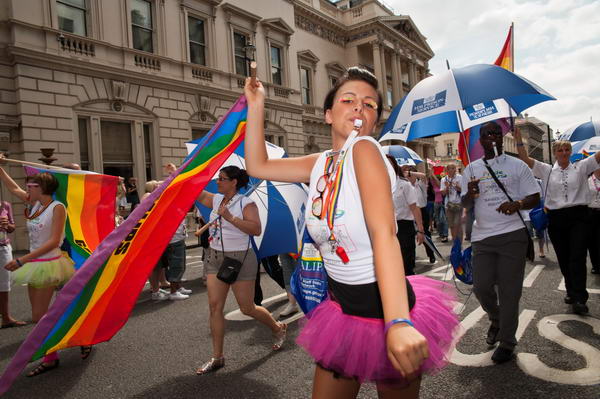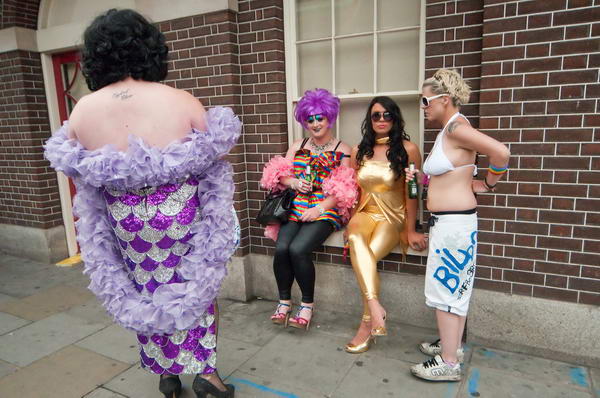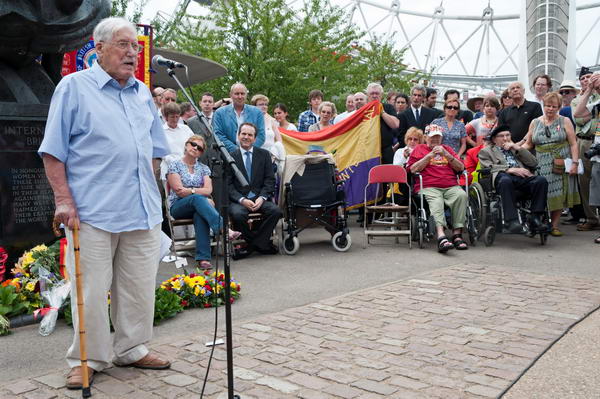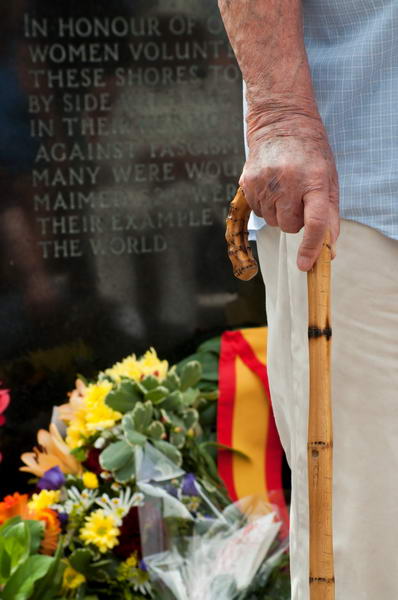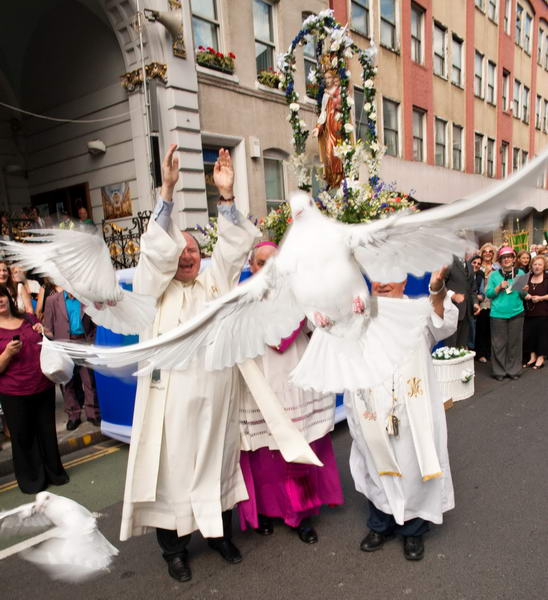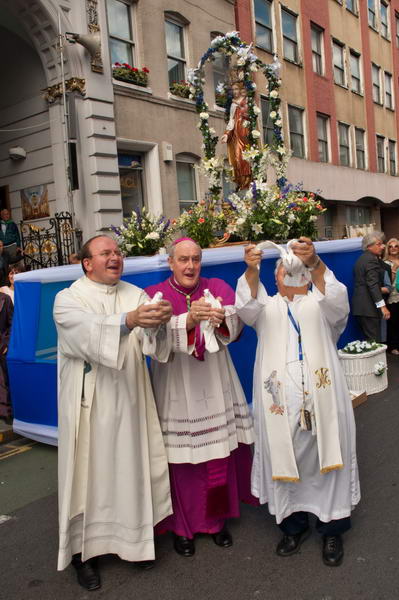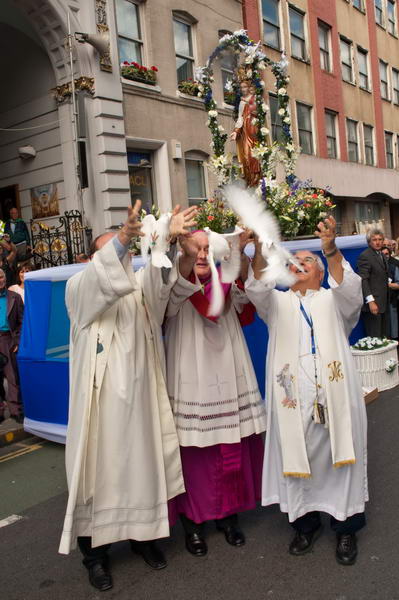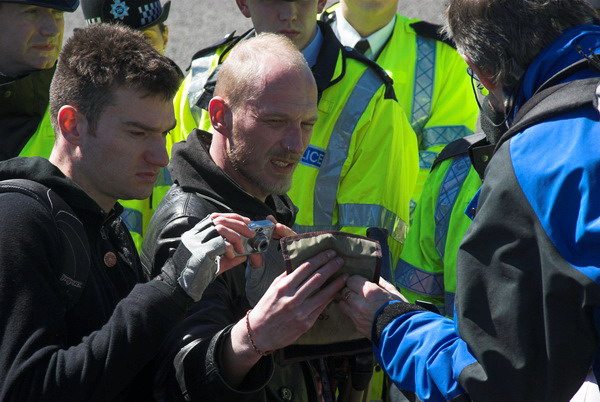Although traditionally the Swan Uppers started their journey up the Thames at the City of London, in recent times they have missed out the tidal river, starting just a few miles upstream of Teddington at Sunbury lock. In recent years I’ve joined them on my bicycle at Shepperton or Chertsey, cycling with them along the towpath to lunch at Staines (which they took, appropriately, at the Swan Inn) and then in the afternoon going on with them to Windsor.
This year, the Uppers have deserted that stretch of the river altogether and start their journey at Eton College boathouse. I might have considered joining them there, but for the fact that it is going to be a royal affair, with the Queen expected to join the event at Boveney Lock.
I’m not in favour of the monarchy – it’s a shame we’ve still got one. I find the continuing interest in the press on the royals depressing, and have no wish to add or encourage it in any way. Even if I did want to take pictures, royal events are bad news for photographers not in the exclusive clique of the royal rota with very limited opportunities and heavy security. So Monday is a day I’d choose to avoid.
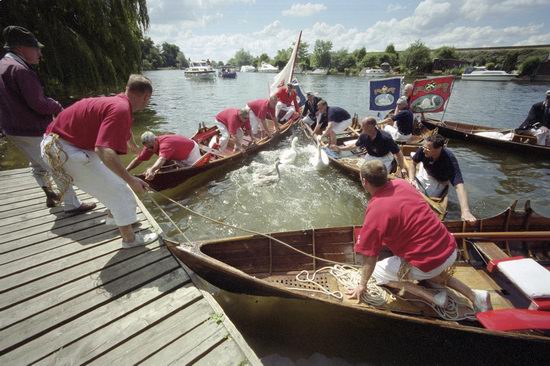
Back in 2001 I was still using film, and the best pictures I made were panoramic format using the Hasselblad XPan with a 30mm wide-angle, though the picture above was I think made with the Konica Hexar – I think of it as the Leica M9, though the build quality wasn’t quite there, but it had autowind and rather better metering than the M series. You can see more pictures – including a few of those pans on My London Diary, as well as those from 2004, 2005, 2006, 2007 and 2008.
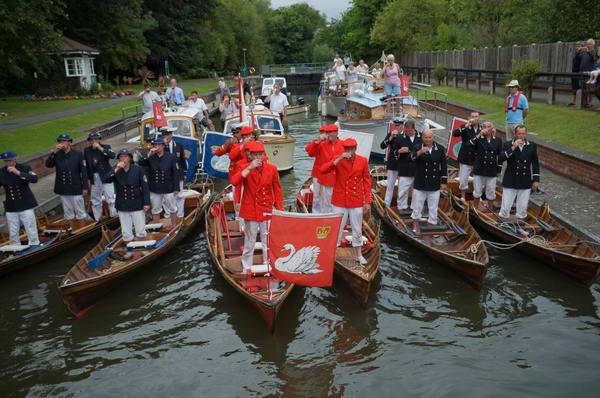
Of course Swan Upping was always a royal event – the guys in the red jackets making the loyal toast in Romney Lock are the Queen’s Swan Uppers, but she didn’t come down from the castle to the lock.
I didn’t bother to photograph this part of the event until 2007, when there was a real fear that swan upping might be coming to an end. Photographing the loyal toast is pretty simple, as all the boats are in the lock and pretty static. Much harder is the salute between the crews at the end of the day which used to take place a few hundred yards downstream, where the river banks are lined by trees and bushes. It’s also spread across the width of the river, with the Dyers two boats close to one bank and the Vintners on the other. They come to a halt and stand up holding oars vertical, giving the two boats containing the Queen’s men a cheer as they pass through the middle, also standing with their oars raised, and returning the salute.
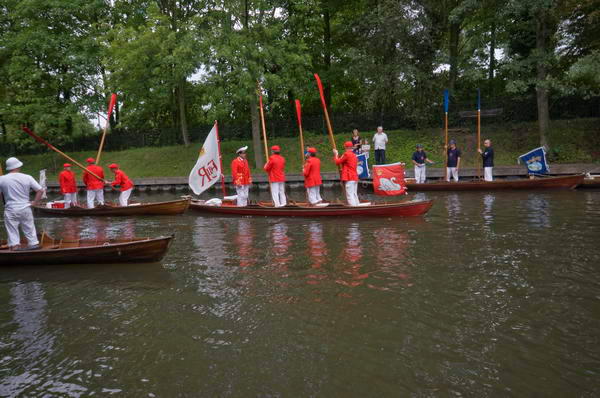
This is about the best of a rather poor crop of my attempts to photograph it. I had hoped I might do better this year, and was disappointed to learn of the changed schedule.
